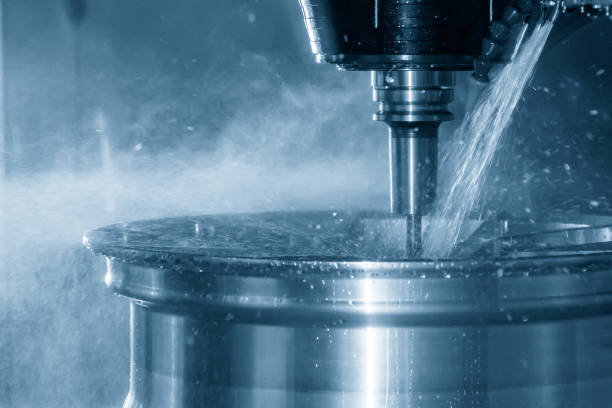Die casting is a highly efficient manufacturing process that is widely used in the production of complex and high-quality metal parts. However, in order to ensure effective manufacturing and achieve desired results, it is important to follow certain design guidelines. In this article, we will discuss key considerations for die casting design that can help optimize the manufacturing process and improve the quality of the final product.
First and foremost, it is essential to choose the right material for die casting. Commonly used materials for die casting include aluminum, zinc, and magnesium alloys. Each material has its own unique properties and advantages, so it is important to carefully select the material that best suits the requirements of the part. Factors such as strength, corrosion resistance, and thermal conductivity should be taken into account during the material selection process.
Another important consideration in die casting design is the part geometry. It is crucial to design parts with uniform wall thicknesses in order to ensure proper filling and solidification during the casting process. Non-uniform wall thicknesses can lead to defects such as porosity, shrinkage, and warpage. The use of fillets and radii should also be considered to avoid stress concentrations and improve the overall strength of the part.
Furthermore, draft angles should be incorporated into the design to facilitate easy ejection of the part from the die. A draft angle of at least 1-2 degrees is recommended to prevent sticking and reduce the risk of damage to the part. Additionally, the use of ribs and gussets can help improve the overall strength and rigidity of the part, especially in areas that are prone to high stress.
Gating and runner systems are critical aspects of die casting design that can significantly impact the manufacturing process. The location and size of the gate should be carefully determined to ensure proper flow of molten metal into the cavity. A well-designed gating system can help minimize turbulence and avoid defects such as air entrapment and cold shuts. It is also important to consider the design of the runner system, which should be designed to provide an even flow of molten metal and allow for easy venting of gases.
In addition to part geometry and gating systems, the use of proper cooling channels is crucial for effective die casting. Cooling channels help control the solidification process and prevent the formation of defects such as hot spots and thermal fatigue. These channels should be strategically placed to ensure uniform cooling throughout the part. The design of the cooling system should also consider the use of water or oil-based cooling mediums, depending on the specific requirements of the part.

Lastly, it is important to consider the surface finish requirements of the part during die casting design. The use of textured or polished surfaces can help improve the aesthetic appeal and functionality of the part. Surface finishes can also aid in the release of the part from the die and minimize the risk of surface defects such as scratches and blemishes.
Die casting design guidelines play a vital role in ensuring effective manufacturing and improving the quality of the final product. It is essential to carefully consider factors such as material selection, part geometry, gating and runner systems, cooling channels, and surface finish requirements. By following these guidelines, manufacturers can optimize the die casting process and produce high-quality parts that meet the desired specifications.

 0086-750-5616188
0086-750-5616188 +86 13392089688
+86 13392089688 sales@zhongmei-tech.com
sales@zhongmei-tech.com













